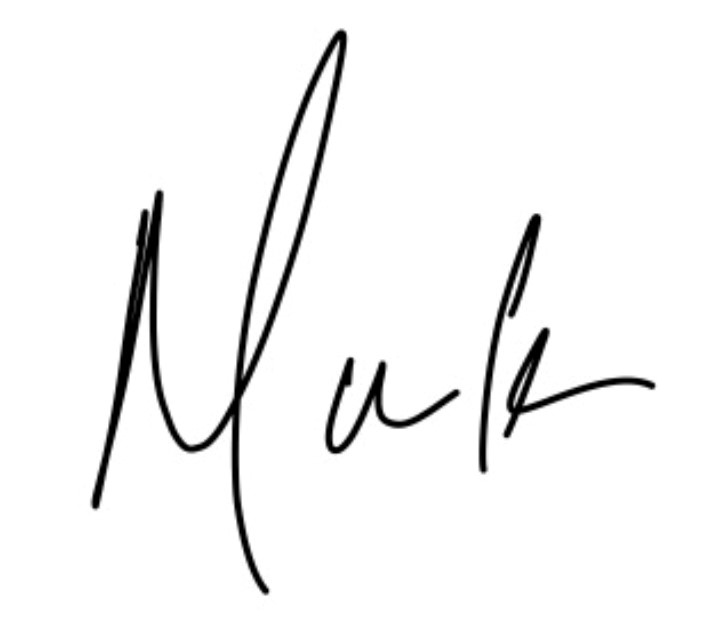
On a nominal basis, it was a terrific year for both conservative and growth investors. Balanced portfolios should have eked out a low double-digit return in 2024, while more growth slanted portfolios produced mid to high-teen returns. However, from a relative performance perspective, the year proved more challenging. The continued dominance of egregiously valued mega-cap technology stocks—many of which offer no dividends—has further concentrated the S&P 500, with these names now comprising 33% of the index.
There were encouraging signs of market breadth expansion beginning in the third quarter of 2023 and continuing well into 2024, a development that supported outperformance in value stocks and dividend-paying equities. As a result, our portfolios exhibited notable relative strength, outperforming their benchmark by more than five percentage points at mid-year. However, this advantage faded in the months leading up to the U.S. election and ultimately reversed into a five-percentage-point deficit following Donald Trump’s victory.
Market sentiment shifted quickly; seemingly embracing expectations that fiscal discipline would be restored, tax cuts and deregulation would spur economic growth, and the burden of tariffs would fall disproportionately on foreign economies rather than the U.S. consumer. In response, the value trade unwound, market breadth deteriorated sharply, and speculation in a narrow group of high-growth stocks once again reached extreme levels. This environment remains unfavorable for conservative, valuation-focused investors.
Few seem aware that gold (bullion) was the top performing asset class in 2024, advancing 25.5% in USD and a whopping 36% in CAD. Followed very closely by the S&P500 Total Return Index which gaining 35.3% in CAD.
As with every other equity market around the globe, Canadian equities acquitted themselves well on an absolute basis, but failed to keep pace with soaring US markets, turning in a comparatively anemic 20.7% (including dividends). The FTSE Russell Canada Universe Bond Index returned a decent 4.2%, but lagged cash’s 4.9% return.
Energy stocks faced significant pressure amid expectations of Trump’s proposed “drill, drill, drill” policy. This market reaction, however, overlooks a fundamental economic reality: for corporations to commit billions to new exploration and development, they require much higher oil and gas prices than those implied by an increase in supply.
Additionally, investor anticipation of stronger economic growth under a second Trump administration led to expectations of higher interest rates—or at the very least, fewer rate cuts—supporting a stronger U.S. dollar. Given that commodities are priced in USD, this dynamic placed further downward pressure on commodity prices and, by extension, commodity producers.
One bright spot within the sector was the pipeline industry, which benefited from expectations that a Trump administration would facilitate long-overdue capacity expansion. We capitalized on this trend, but as low-growth names like TC Energy (formerly TransCanada Pipe) and Kinder Morgan climbed to 20–22 times earnings, their valuations became excessive. As a result, both were sold from our model portfolio.


Mark Stairs, CFA
Senior Portfolio Manager